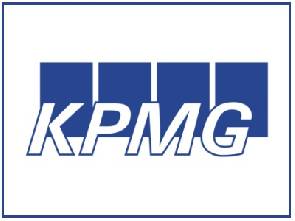UK unemployment fell by 75,000 in the three months to July, bringing the jobless rate down to 4.3% from 4.4% in the previous quarter.
The rate remains at its lowest since 1975, but a squeeze on real incomes continues, according to the Office for National Statistics figures.
Wages in the period were 2.1% up on a year earlier, little changed from the previous months’ growth rates.
With inflation hitting 2.9% in August, wages are failing to keep up.
In real terms, wages dropped by 0.4% in the three months to July.
Matt Hughes, a senior ONS statistician, said: “Another record high employment rate and a record low inactivity rate suggest the labour market continues to be strong.
“In particular, the number of people aged 16 to 64 not in the labour force because they are looking after family or home is the lowest since records began, at less than 2.1 million.
“Despite earnings rising by 2.1% in cash terms over the last year, the real value of people’s earnings is down 0.4%.”
Inflation has picked up sharply since the pound fell after the Brexit vote last year.
Sterling, which had been rising against the dollar in morning trading, fell after the ONS data were released. Wage growth figures were weaker than expected.
The pound fell from $1.3299 before the data to $1.3266 afterwards, down 0.13% on the day.
Employment minister Damian Hinds said:
“The strength of the economy is helping people of all ages find work, from someone starting their first job after leaving education, to those who might be starting a new career later in life…
“But there is more to do, and we will continue to build on our achievements through our employment programmes and the work of Jobcentre Plus.”
Rate hike pushed back?
The data could further divide the Bank of England’s Monetary Policy Committee (MPC), which sets interest rates.
While stagnating wage growth suggests the current surge in inflation could ease, growth in job hires points to greater strength in the economy.
Unemployment is also below the level which the Bank expects to trigger faster pay growth.
Last month two committee members backed a rate rise, and some economists say the Bank’s chief economist Andy Haldane could join them this week.
While this would still leave the committee split 6-3 against raising rates from the record low 0.25%, it would boost market expectations about a move when the Bank updates its forecasts in November.
Samuel Tombs, chief UK economist for Pantheon Macroeconomics, said wage growth was “still weak, despite the tightening job market.”
“The latest labour market data are, on balance, a setback for the hawks on the MPC arguing for higher interest rates,” he said.
“The three-month average number of job vacancies in August was 0.9% lower than in the previous three months, pointing to a slowdown in employment growth ahead.”
Andrew Wishart, UK economist for Capital Economics, said: “While the continued strength of employment will be welcomed by the MPC, the continued absence of a pick-up in wage growth is likely to keep the doves in the majority.”








